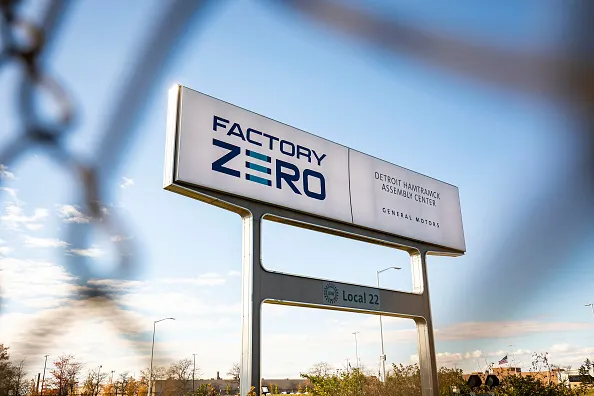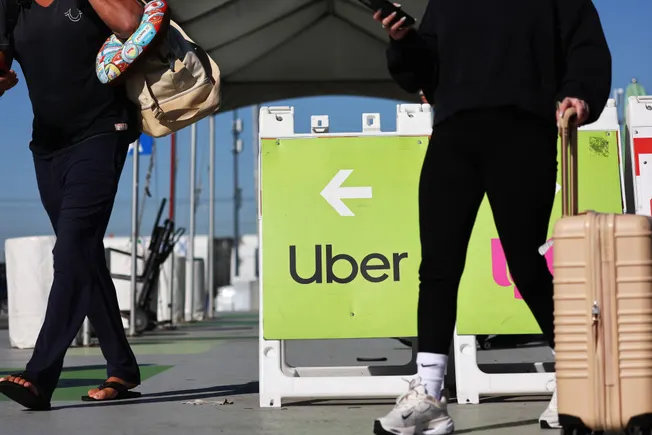Employers expect their healthcare benefits costs to balloon next year in what has been described by at least one organization as a “daunting” challenge. But a renewed focus on proactive care could provide some relief, according to a Deloitte report published Monday.
The financial benefits of proactive care — a category of strategies such as disease prevention, early detection and promotion of overall well-being — vary based on the condition at issue, per the report. Deloitte said its actuaries examined five years of medical and pharmacy claims data from 59 million individuals as the basis for the report.
For example, the firm estimated that a more proactive approach to preventing cancer could reduce total spending on the condition from its projected 2040 baseline of nearly $1.3 trillion to about $945 billion. It found the same of chronic conditions like diabetes, which carries an estimated annual cost of $412.9 billion in the U.S. to manage, including $106.3 billion in indirect costs such as lost productivity and absenteeism.
Preventive measures in the form of both lifestyle changes and earlier disease identification can reduce spending when combined with other proactive investments, per the report. But a focus on prevention and early detection of disease constitutes a “very different” reality than that which currently characterises the U.S. healthcare system, Andy Davis, principal for Deloitte’s healthcare practice, said in an interview.
“I think because of this moment that we’re in, we do have this narrative where we do see costs increasing,” Davis said, adding that employers are questioning what alternative models exist and whether they can engage their workforces differently whereas providers are reflecting on their own roles. “These are conversations we’re having today that we weren’t having 5 to 10 years ago.”
It’s an urgent time for employers to think about health insurance. A report published weeks ago by consulting firm Mercer found that the per-employee cost of healthcare benefits may increase by as much as 6.5% before plan design changes, the highest such increase since 2010. That trend is occurring against the backdrop of already-worsening physical health in the U.S. since the COVID-19 pandemic.
Rather than one singular strategy, employers may need to consider different ways of engaging their workforce in order to chart a course forward, Davis said.
One employer, recognizing the role of nutrition in preventing disease, is prioritizing putting healthy food options in front of its workers, who primarily work on-site at various locations. Davis said the employer found that employees frequently took breaks during which “they were grabbing probably the least healthy foods you could.” The employer has since offered workers fruits, protein-heavy options and other nutritional snacks.
It’s an idea that has gained support from previous health research. A 2019 Harvard University study found that changes to the way in which one employer-operated cafeteria displayed food resulted in a reduction in calories per transaction as well as a decrease in per-purchase calories from the least healthy food options.
Some organizations also have seen success with wellness incentive programs, which can introduce a gamification element that appeals to employees who want to be rewarded for their healthy habits, Davis said. The achievements and incentives tend to be on the small side, often taking the form of medals or tiny monetary rewards, “but I think sometimes minor things can create big movements,” Davis added.
Similarly, employers can take a proactive approach toward complex medical conditions like cancer. Large employers in the Business Group on Health’s most recent healthcare strategy survey cited cancer as the most common driver of increased costs, and a growing share of respondents said they planned to cover various cancer screenings in 2026.
Employers have various ways in which they can provide better access to such screenings, Davis said, from blood draws to mobile clinics that provide on-site detection. Employers can address a “huge driver of cost and productive loss” by detecting cancer before it reaches an advanced stage or becomes symptomatic, Davis continued.
Deloitte’s findings build on previous research by organizations including the Integrated Benefits Institute, which found in a 2020 study that preventive care for conditions like cancer could help employers save thousands of dollars in costs. But employers often skip regular checkups and other screenings even though most recognize their benefits, according to a 2023 Aflac survey.
Employers should not be deterred if the push for proactive approaches has not worked previously, Davis said, adding that employers may need to opt for more personalized approaches. Because healthcare is often the second-largest cost for organizations behind payroll, it’s worth it for HR professionals to innovate, he said.
“Change is always really hard, but to get to some of these numbers I think is achievable,” Davis said of Deloitte’s findings. “It’s not a utopian analysis where everyone eats healthy and stops bad behaviors, but it’s achievable.”






Leave a Reply